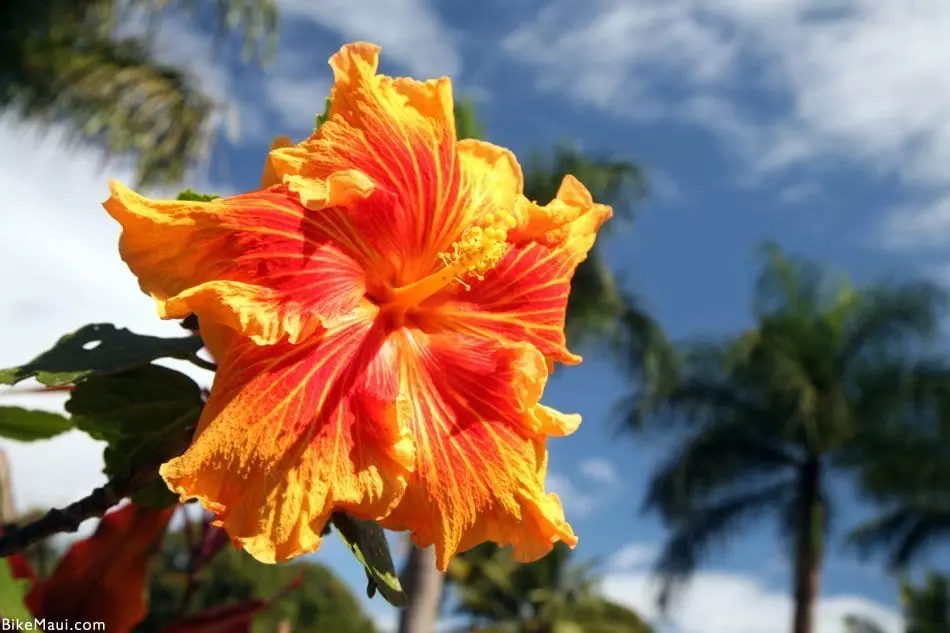Chrysanthemum isn’t the typical answer one would hear when asked what their favorite flower is. Yet for me, it is my favorite flower because of the vast history surrounding it. Because of its lineage and popularity in East Asia, the Chrysanthemum isn’t a common flower found in the western hemisphere.
Dating back to the fifteenth century before the common era, these flowers were first cultivated in China as a flowering herb. Following this, Japan caught up with cultivating these autumnal flowers during their Nara and Heian periods (between the eighth and twelfth century).
For symbolizing longevity and nobility in various east asian cultures, the perennials only gained popularity during the Edo period (between the seventeenth and nineteenth century) in Japan. Now, the chrysanthemum is important to Japanese culture with the flower being the Imperial Seal of Japan and the asylum of the monarchy being named the Chrysanthemum Throne.
Considering that the Chinese were the first to cultivate chrysanthemums, the Japanese hold them closer to their integrity and culture. One of the five ancient sacred festivals of Japan is Chrysanthemum Day or Kiku no Sekku in romaji. This festival is always held on the ninth day of the ninth month of the year – September 9th. This sacred celebration came to light in the year of 910, when the Japanese imperial court held its first chrysanthemum show. With this celebration also comes traditions and customs following it – such as laying cotton over chrysanthemum blooms to soak up the dew from the flower overnight. The Japanese believe that this dew has healing powers, which then leads to individuals wiping the dew over their face for a sense of rejuvenation.
Chrysanthemums in European countries are typically used in funerals or are associated with death. It is interesting to see the wide spectrum of how these flowers are viewed in different parts of the world. For being a flower that can symbolize nobility and death, its colors and ethereal beauty surely represent this comical contradiction.








